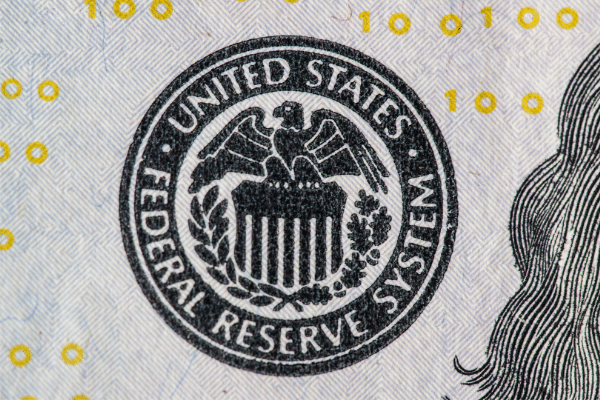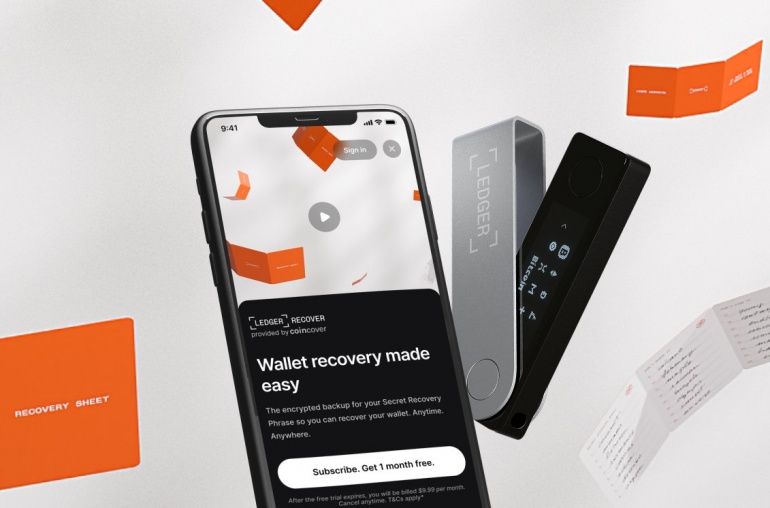
- Financial industry executives are growing nervous that the Fed may issue its own digital dollar and potentially upend their role as a rent-seeking trusted intermediary
- Rise of cryptocurrencies has put tremendous potential on central banks the world over to get on board with digital currencies
China has one and as many as 80% of central banks around the world are looking to get one too – no, it’s not a back scratcher, but a central bank digital currency. And whilst the world’s premier central bank has until fairly recently shown reticence to adopt one, there are growing signs that it may have had a change of heart.
As soon as July, officials at the Federal Reserve Bank of Boston and the Massachusetts Institute of Technology, which had been developing prototypes for a digital dollar platform, will be unveiling their research on the potential to digitize the greenback.
Whilst most Chinese are comfortable using digital yuan, having used digital payments for years like Alipay and WeChat Pay, a digital dollar would fundamentally change the way Americans use money and some leading financial firms are already starting to lobby to slow down the birth of a digital dollar, and in the event that it is birthed, to not be cut out from the ecosystem.
At the top of their list of concerns, financial intermediaries are fearful that they’ll be cut out if Americans develop a direct relationship with the Fed, depriving these institutions of their rent-seeking function.
The way most money flows into the system at the moment is that the Fed makes money available to commercial banks, who borrow the money and then lend that money out to ultimate borrowers in the form of mortgages, student loans and the myriad other lending products.
But a digital dollar wouldn’t just bust the banks, payment services providers like Visa (+0.53%) and Mastercard (+0.53%) would be affected as well, because their gateways would become less relevant if digital dollars could be debited and deposited without them serving as intermediaries.
To be sure, a digital dollar could be years away, nor have policymakers had any thoughts on how it would interact with the legacy monetary system, but the serious consideration that it’s being given is sufficient to make financial industry executives nervous. And while cash isn’t likely to go away, it’s use will almost certainly decline.
Using a digital dollar would be as simple as holding up a smartphone screen to be scanned or tapped (which is already the case in China and has been for years) and behind the scenes, the digital dollar would move from one account to another.



